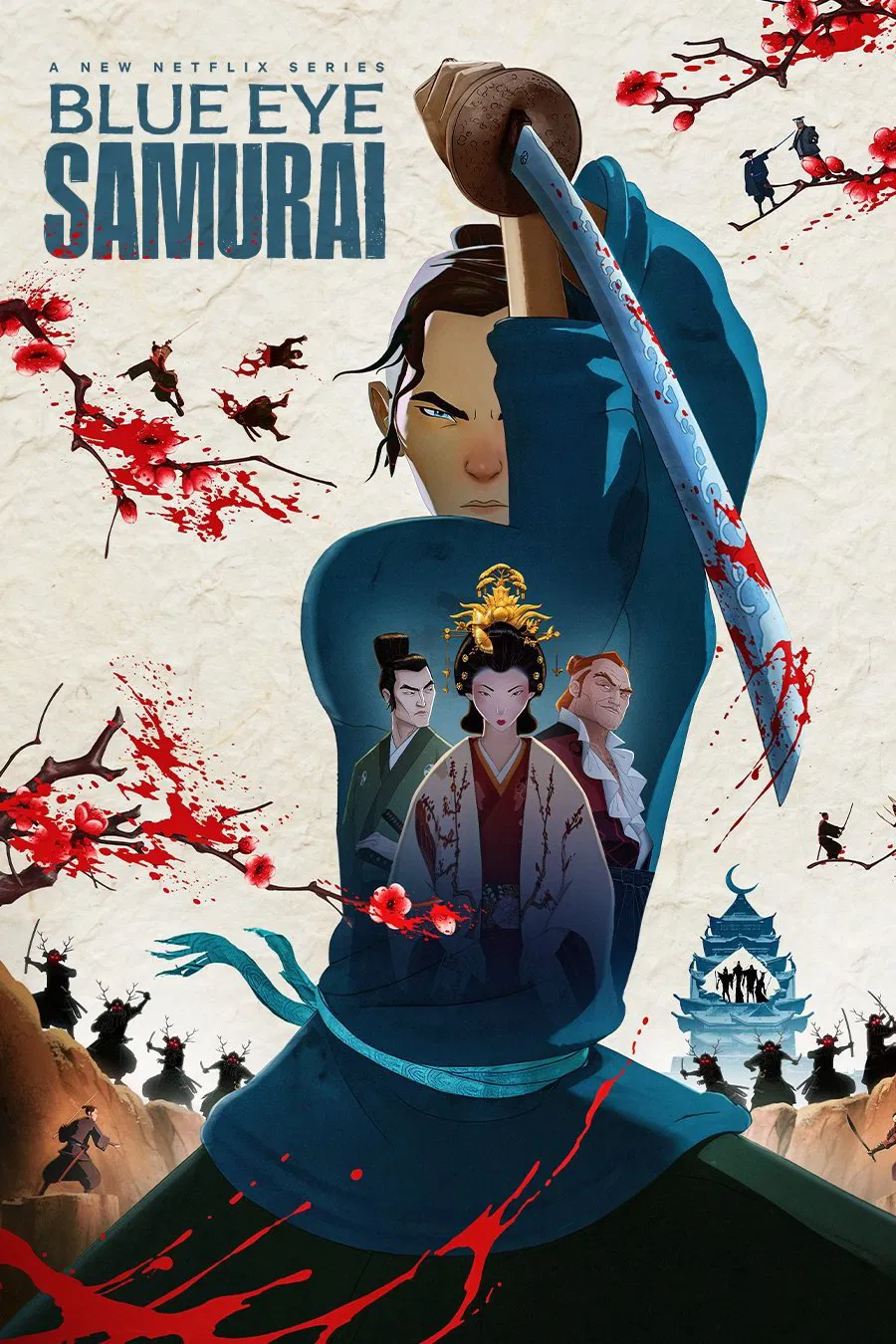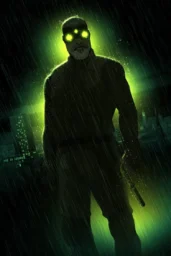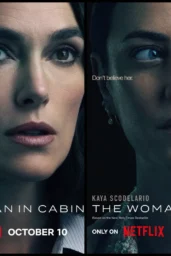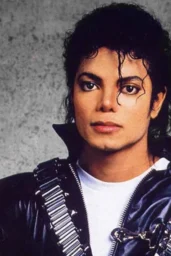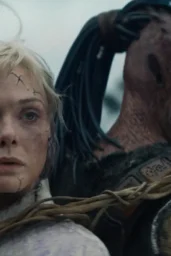The Emmy-winning anime series “Blue Eye Samurai” is officially in production for its second season, set to continue the intense, revenge-driven journey of Mizu, a mixed-race samurai in Edo-period Japan. Netflix plans to release Season 2 in late 2026 or early 2027, promising a visually stunning, emotionally charged continuation that expands the story into new territories, including London.
“Blue Eye Samurai” was created by Amber Noizumi and Michael Green, known for their work on acclaimed films like “Logan” and “Blade Runner 2049,” and is animated by Blue Spirit studio. The first season premiered in November 2023 and quickly garnered critical acclaim and major awards, including an Emmy for Outstanding Animated Program. Season 2 will feature six episodes and retain key characters while teasing surprising returns and time-shifted narratives.
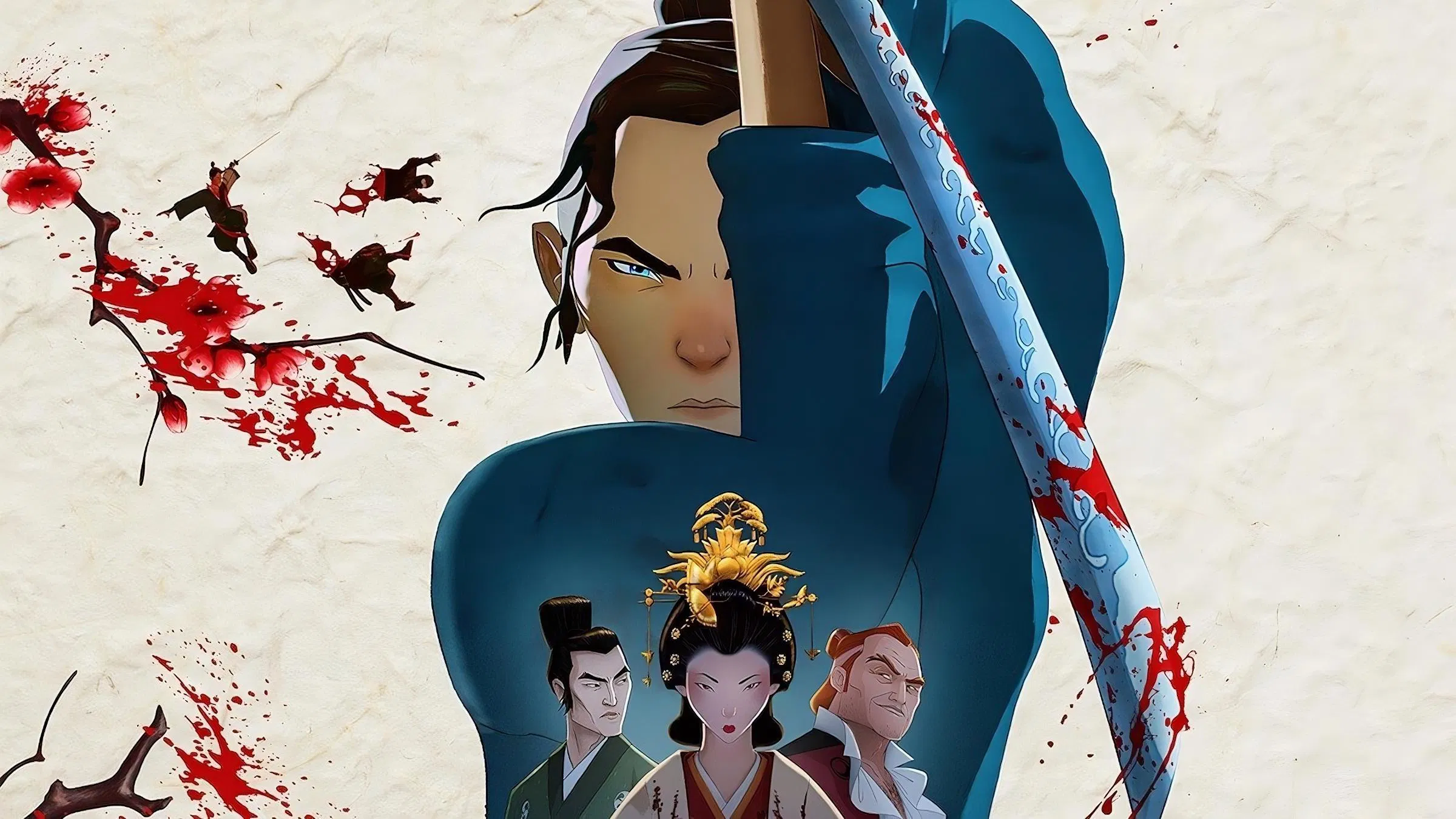
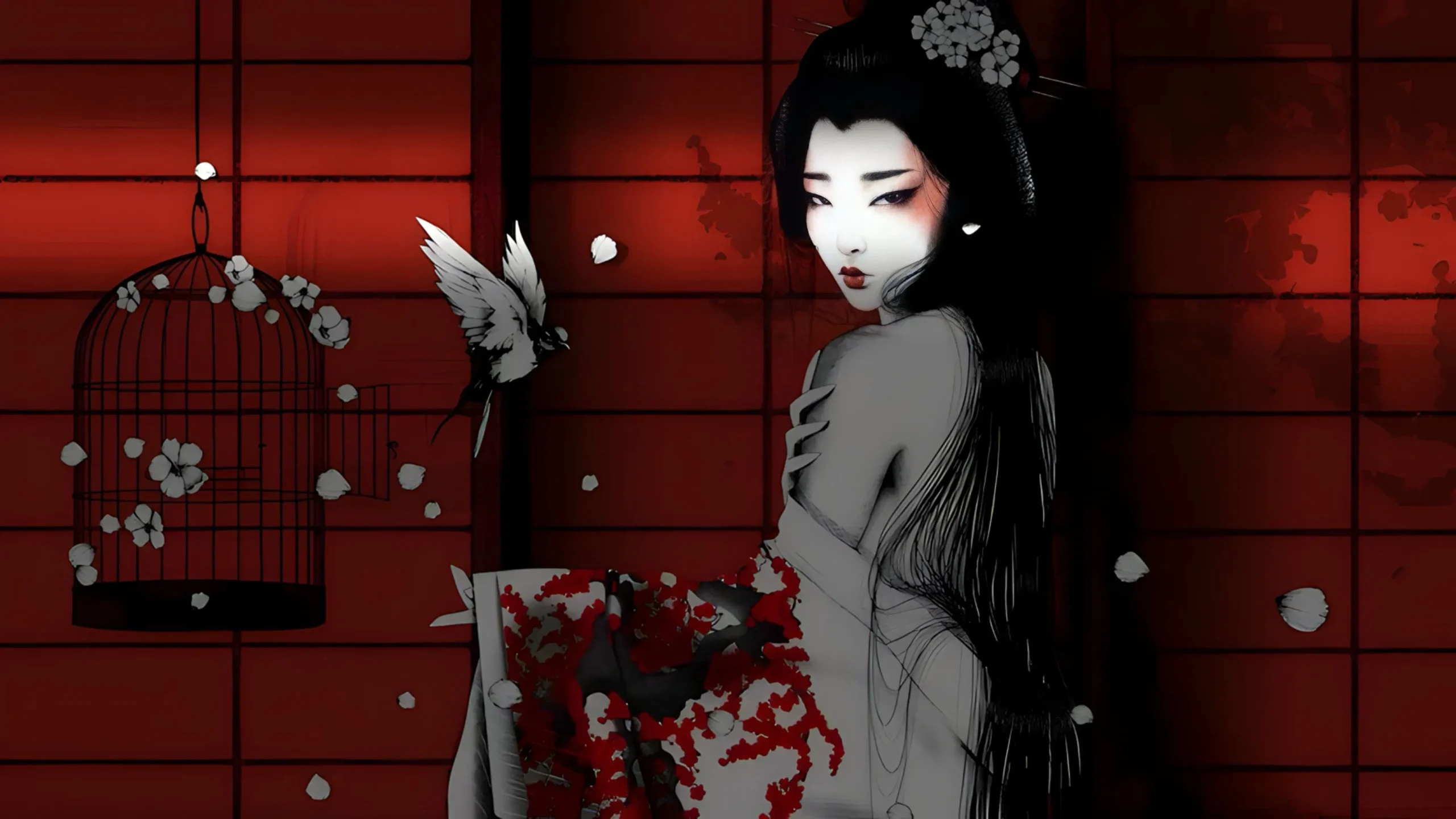
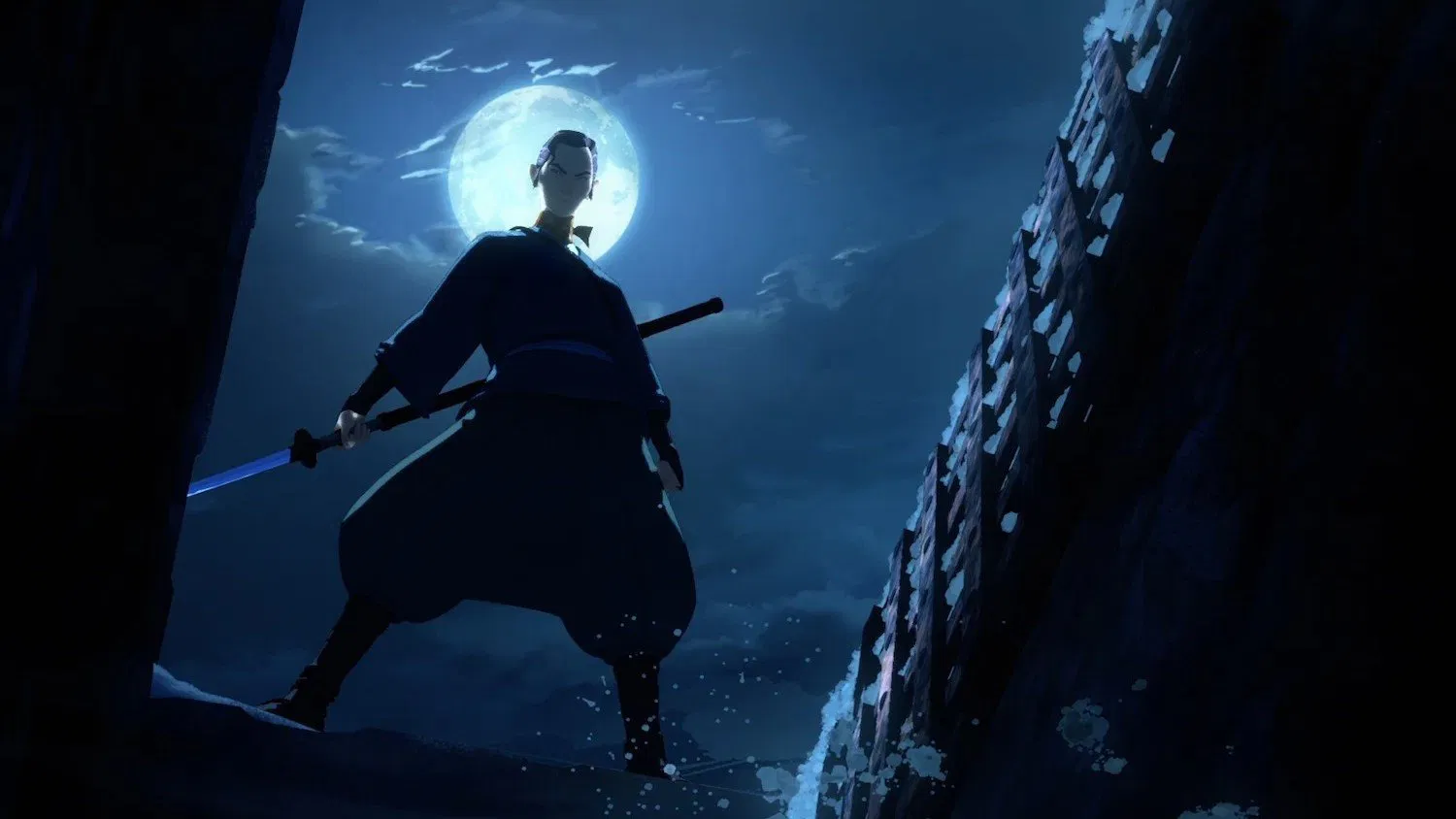
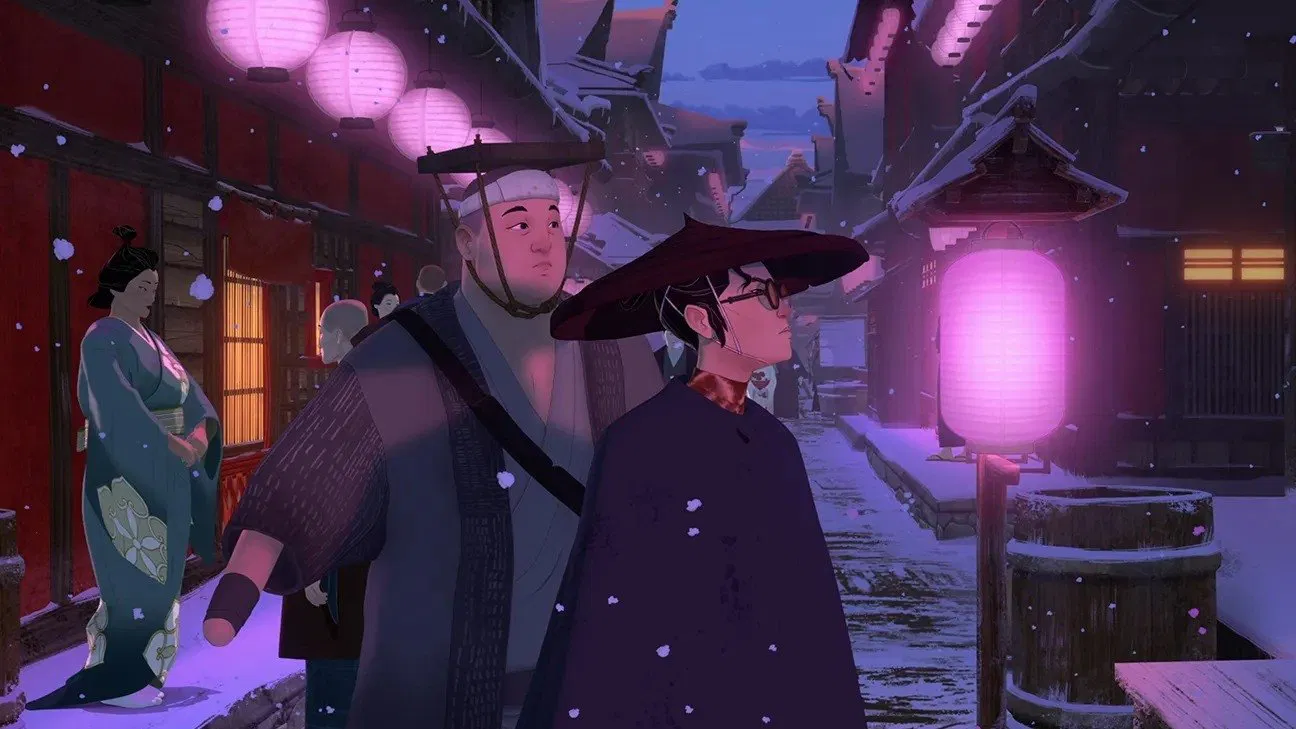
Here’s a detailed look at what makes the second season of “Blue Eye Samurai” a must-watch for fans of adult animation and samurai drama, and why it deserves attention alongside top-tier entertainment outlets like Collider and Variety.
From the opening teaser released at Anime NYC and Netflix’s featurette, Mizu’s relentless quest for revenge remains the story’s beating heart. The narrative is set to deepen, with co-creators Amber Noizumi and Michael Green hinting at flashbacks and potential resurrection of characters thought dead. Intriguingly, part of the action now moves beyond Japan to London, signaling a bold expansion of the series’ historical and cultural scope.
This series stands out not just for its brutal, emotionally rich storytelling but also for its cinematic animation style, which blends vivid adult animation with a live-action aesthetic. According to executive producer Jane Wu, the fight choreography is crafted in the spirit of live-action sequences, heightening realism and impact.
The voice cast returns with Maya Erskine reprising her role as Mizu, whose complex identity as a half-Japanese, half-white onna-musha (female warrior) continues to powerfully challenge Edo Japan’s oppressive norms. The storytelling balances visceral action with sharp emotional and cultural undercurrents—a mix that propelled Season 1 to both critical acclaim and multiple Annie Awards.
With only six episodes planned for Season 2, as opposed to eight in Season 1, creators appear focused on tightly woven, intense storytelling that packs a punch without extra filler. This approach aligns with the show’s reputation for precision and artistic integrity.
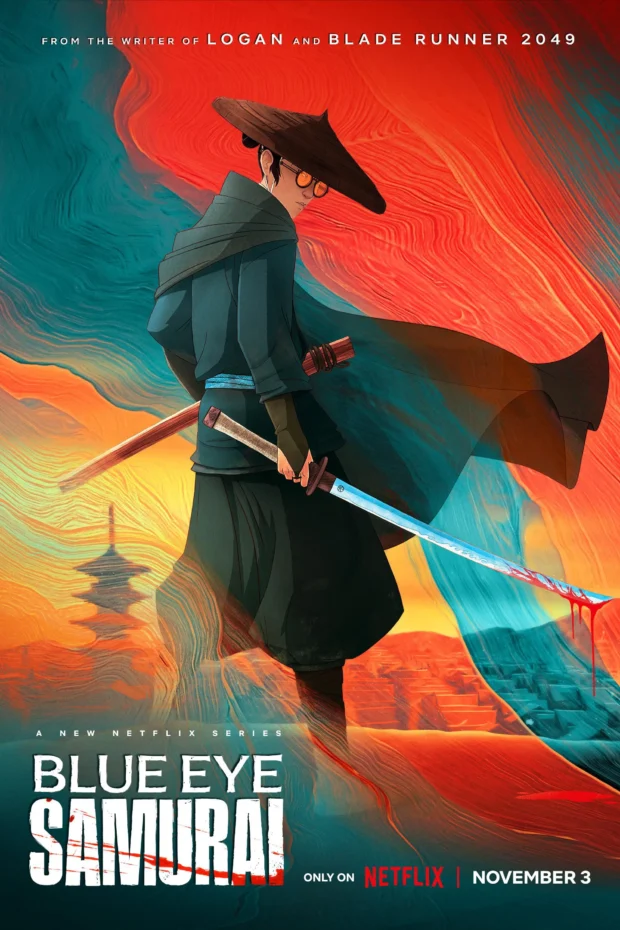
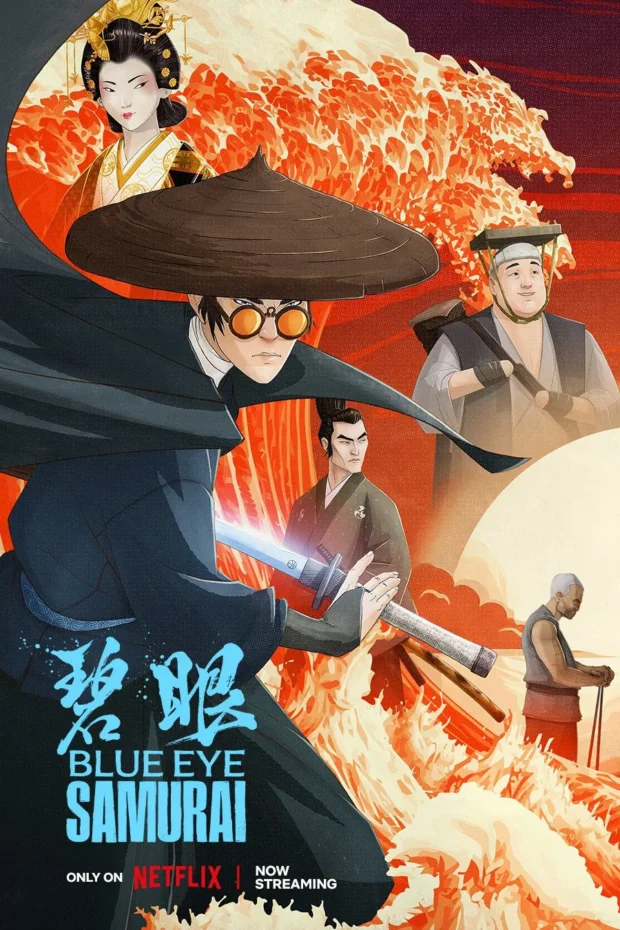
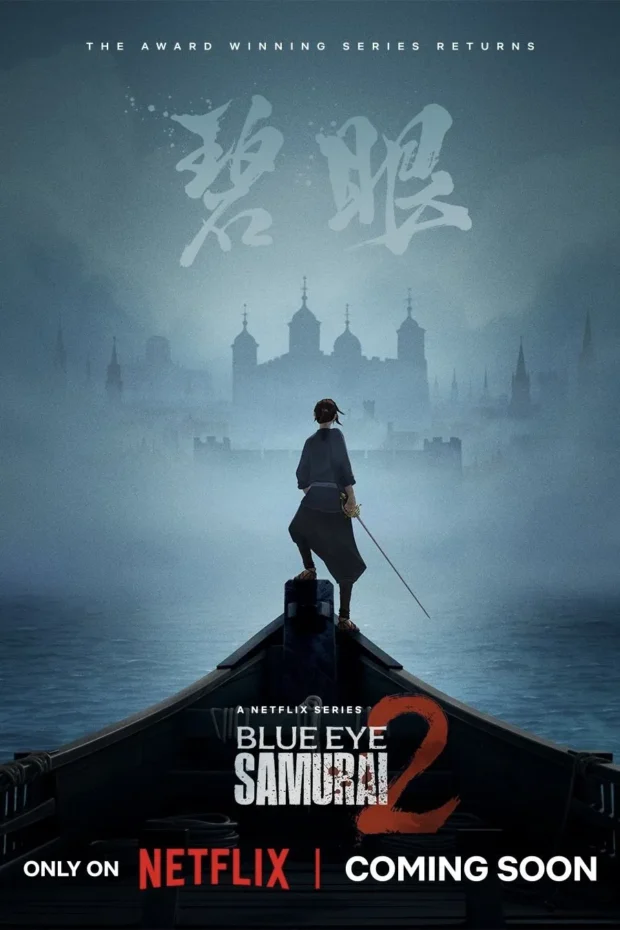
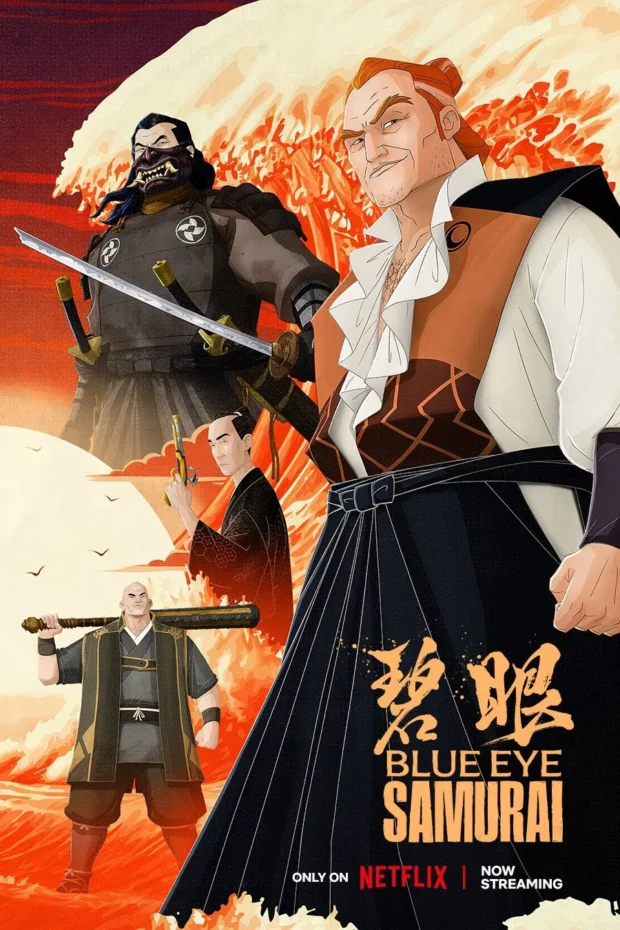
Festival buzz and critical reception have positioned “Blue Eye Samurai” as a defining work in adult animated storytelling within a genre space often dominated by live-action narratives. The series echoes the narrative complexity and genre-melding style of Michael Green’s prior screenwriting for “Blade Runner 2049” and “Logan,” embedding philosophical reflections on identity, revenge, and societal boundaries within a samurai saga.
Fans can anticipate a season that will be “bigger, wilder, and more emotional,” as confirmed by the creative team and executive producers, who have crafted a world that is as raw and poignant as it is thrilling and beautifully animated.
The show’s historical backdrop—the Edo period during Japan’s isolation—is a fertile ground for exploring themes of race, gender, and cultural clash through Mizu’s layered quest. Already distinguished for its symbolically rich narrative and striking visual style, the new season promises to delve into cross-cultural intersections, with London providing a fresh, unexpected stage.
Returning characters such as the Swordmaker, Taigen, Ringo, and Akemi add depth and continuity, while teasing the idea that not all past deaths are what they seem, adding suspense and intrigue to the unfolding drama. The creators’ choice to blend time periods and introduce new settings indicates a willingness to push genre boundaries rather than settle into formula.
As the production progresses, fans and critics alike watch keenly: this is adult animation reaching maturation—not just entertainment, but art that resonates emotionally and intellectually—worthy of discourse alongside the best cinematic achievements on platforms like Filmofilia, Collider, and Variety.
4 Key Takeaways from Blue Eye Samurai Season 2’s First Look
Mizu’s quest intensifies: The story continues to center on vengeance, with a darker, more complex emotional landscape as Mizu confronts enemies past and present.
Expanded settings: From Edo Japan to London, the series broadens its geopolitical and cultural horizons, promising fresh narrative beats and visual flair.
Tight storytelling: Season 2 will be shorter, with six episodes focusing on impactful scenes and character development over filler.
High production values: With live-action-inspired choreography and Blue Spirit’s signature animation, the series stays at the forefront of adult animation innovation.
Excited for the return of “Blue Eye Samurai”? Stay tuned for the official Netflix release slated for late 2026 or early 2027, following updates on trusted industry sites like Variety and Netflix Tudum.
